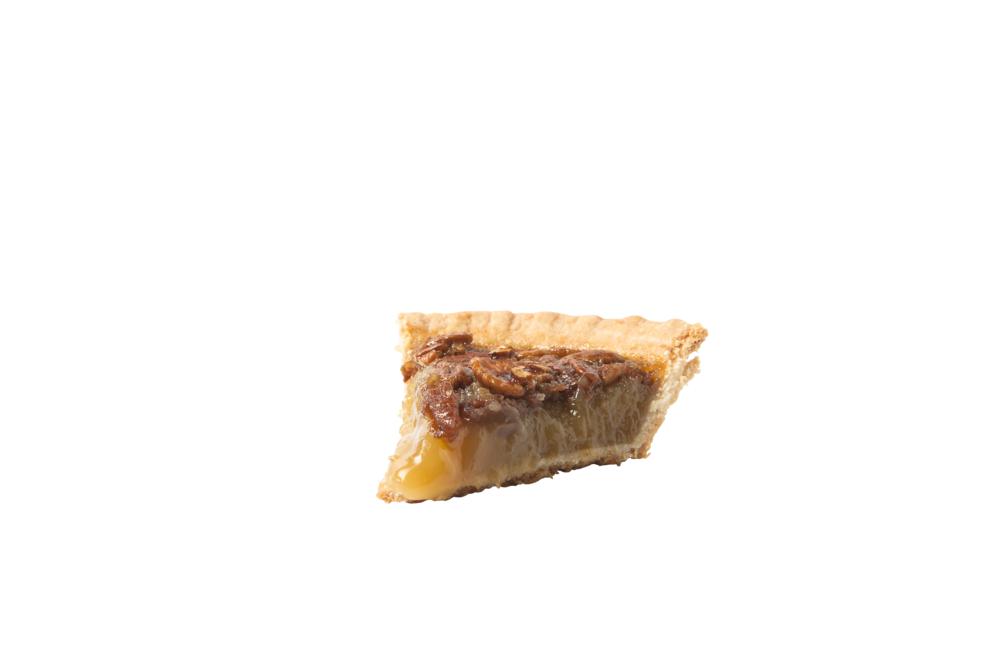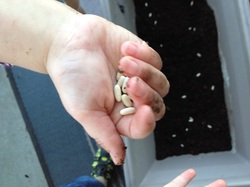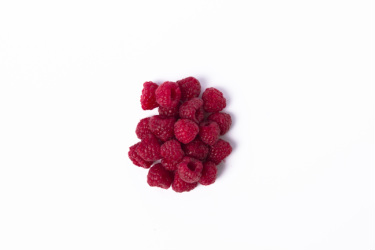My goal with this approach is to put dessert on a level playing field with vegetables, entrees, or any other food. By doing this, dessert isn’t a reward you get for finishing your meal. It’s not any better than any other food that is served. In other words they all hold the same value.
Yes, when a dessert is served it’s probably not more nutritious then other food served at that meal, but when you remove nutrition, food is food. It’s important to not give some food more power than others.
What I suggest doing is actually serving dessert with the main meal. Everyone gets their portion of dessert and can choose to have it whenever they want during that meal. But won’t they only eat the dessert? Maybe, but that’s okay. Most people nowadays don’t serve dessert with every dinner, let alone every meal. The other point that I’m always sure to mention is that with dessert, everyone is served one portion and that’s it. To learn more about my approach with how I feed kids see here. Dessert is not served as an endless supply as with any other food. However, of what is served as a portion of dessert, the child can choose how much they want to eat.
Taking this approach to dessert removes any pressure tactics involving dessert and stops power struggles in their tracks.
When parents start to place arbitrary rules about when the dessert can be eaten it becomes a prize; something that you have to do something to get. Something that is better than those vegetables on your plate.
I had a perfect opportunity to see this at work today. Earlier in the morning my kids and I had made a dessert. Not for any reason other than we felt the urge to make it (and had the ingredients on hand). When lunch rolled around my daughter was eating her rice, bean and vegetable dish (*see recipe here) and my son was already done and having a few bites of the dessert. I took out the dessert portion for my daughter and placed it beside the last remaining bites of her main course. I didn’t say anything other than it was for her. She choose to eat the dessert at that point in her meal. When she was done she simply went back to finishing off the rest of her lunch.
In her mind, one was not necessarily better than the other. They were both quite different and both something that she enjoyed.
Do you need help stopping meal time battles? Contact Jill, Nurture The Future’s Registered Dietitian at [email protected]











 RSS Feed
RSS Feed

.png.aspx?width=150&height=150)
